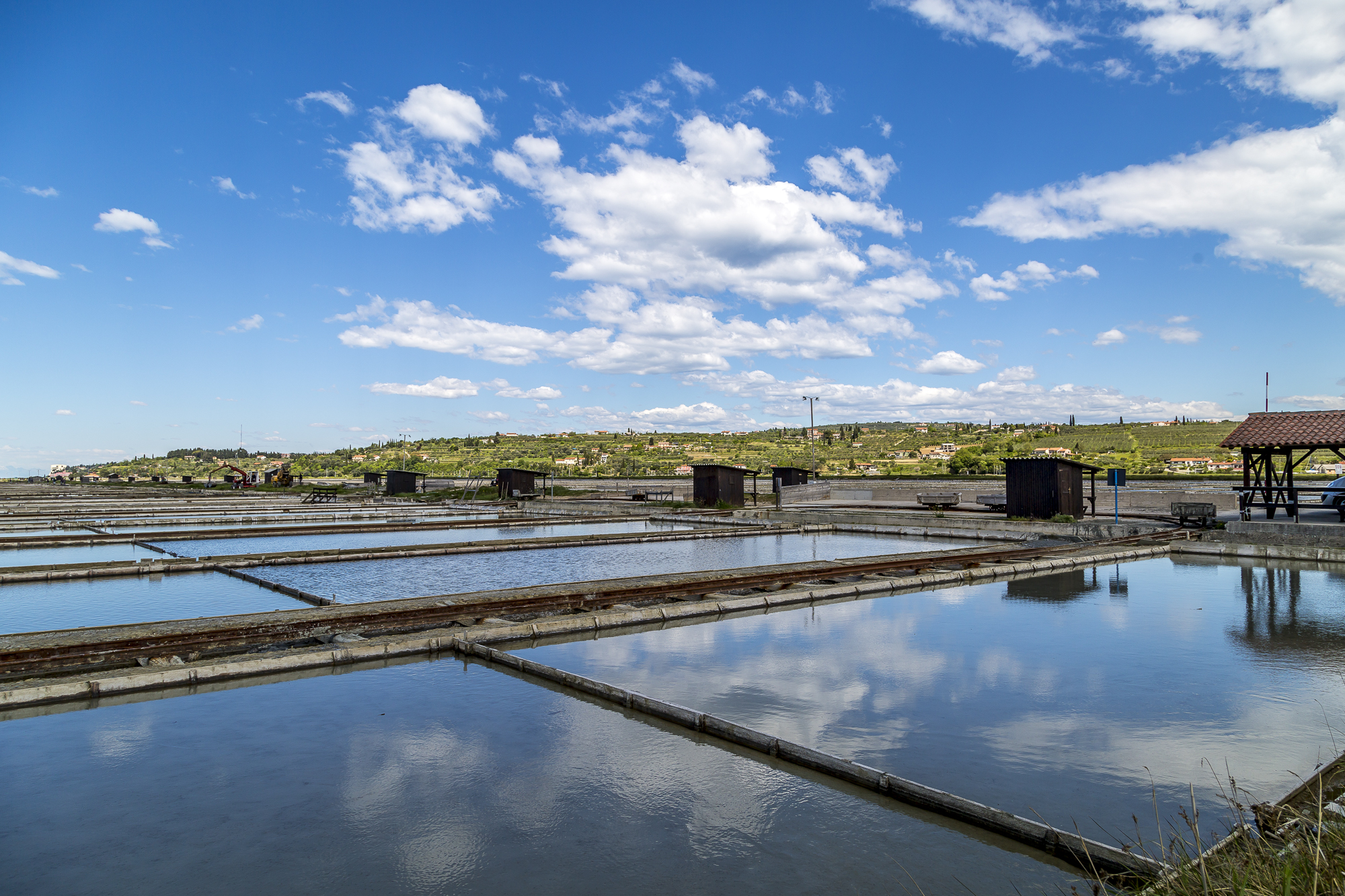
Fish in a salt coat – success stories from Sečovlje
The Slovenian Adriatic coast is just under 47 kilometres long. It is sandwiched between the big neighbours Italy and Croatia. Unjustly, this stretch of coast is somewhat neglected by tourists. Most of them have Croatia in mind and pay little attention to the small stretch of coast in front of it. Along these 47 kilometres, one pearl follows the other. The towns of Koper, Izola and Piran impress with the charm of their medieval town centres. In between, there is lush vegetation and the Strunjan Landscape Park, a nature reserve with thick limestone and sandstone deposits and the unique cliff that rises up to 80 m steeply above the sea and is the highest flywall on the Adriatic. On the other hand, the popular seaside and spa town of Portorož has the longest tradition as a holiday resort. Our starting point to take a closer look at the coastal area during two days.
Evening atmosphere on the Adriatic Sea
We reach Portorož just in time for sunset. As soon as we get off the bus, we run to the beach to catch the last rays of sunshine and feel the salty sea breeze on our faces. Dear mountains, don’t be angry with me, because I have to confess, I missed the sea.
Out and about in the Sečoveljske Soline Landscape Park
South of Portorož are the Sečovlje salt pans, which border Croatia and have also been a protected landscape park since 1989. It is precisely this treasure trove that we want to explore the next morning in bright sunshine. We cycle from Portorož about three kilometers along the coast. After about half an hour we reach the entrance of the northern saltworks – Lera (the southern part is called Fortanigge).
The Sečovlje salt pans are the northernmost salt pans in the Mediterranean. Here, salt production is still carried out according to a tradition of salt production that is more than 700 years old and characteristic of the Mediterranean. Employees are employed on the site all year round. However, the effective salt production can only be observed during the summer (June to September). Then the days are hot and dry enough for the crystals in the thickened salt water to turn into “white gold”. However, it is worth a visit all year round. The unique cultural landscape is also the habitat of many rare species of birds, reptiles and amphibians. Fascinated, we walk around the grounds and take a look at the information centre, where the information about the landscape park is presented in multimedia form. From the viewing platform we look over to the southern part, where the old stone houses still stand, where the workers used to live during the summer season.
The landscape enchants with the impression that time has stood still here for a long time.
Brand new within the salt flats is the Thalasso Spa Lepa Vida. Unfortunately, the spa is only open during the summer months (from May to approx. Open at the end of September), it offers a very special kind of relaxation in harmony with nature during this time.
Freshly caught – eye to eye with the best farmed fish in the world
At the Salt Museum we are picked up by Irene Fonda by boat. It takes us through the wide channel that separates the two salt flats out into the open bay. This is where the best farmed fish in the world is located. For the “Piran sea bass”, the Fonda fish farm is now known far beyond the borders of Slovenia. The history of the fonda fish is a true success story. Behind this is a lot of passion, courage and the desire for unique quality. Not all fish are the same! Fonda fish is presented like a fine wine and is now very popular with restaurants and gourmet lovers.
On the way, Irene asks us how we know if a fish is really freshly caught? I confess that I have no idea about this. She takes out a box containing a carefully packaged sea bass. She takes the fish and lifts it into the air. Freshly caught is when you hold the fish by the head and it forms a straight line. He must still be in rigor mortis.
If you want the taste of the sea on your plate
Afterwards we take a look at the breeding station. The fish are “sorted” by year (it can take up to ten years for a fish to be big enough for the plate!) in large nets. Due to the absence of chemical inputs, many other fish and marine animals have settled around the nets. This was also the original intention. Irene Fonda’s father, a biologist, didn’t want to create a fish farm, but an artificial reef. The hack, there were no laws that allowed to build reefs in the sea. However, there were laws that allowed to acquire concessions for fish farms.
Finally, Irene Fonda tells me that the Fonda fish will soon be available in Switzerland. For all those who care about healthy and sustainably produced food.
Note: My stay on the Slovenian Adriatic coast was supported by Tourism Portorož – thank you very much for this. As always, my readers can be sure that I always represent my views and enthusiasm here.


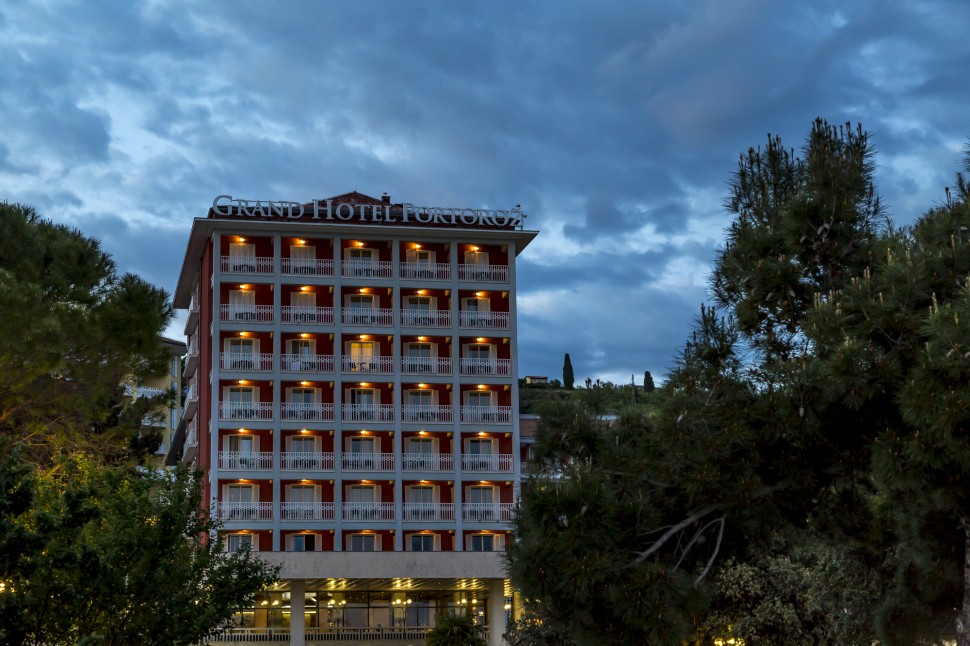
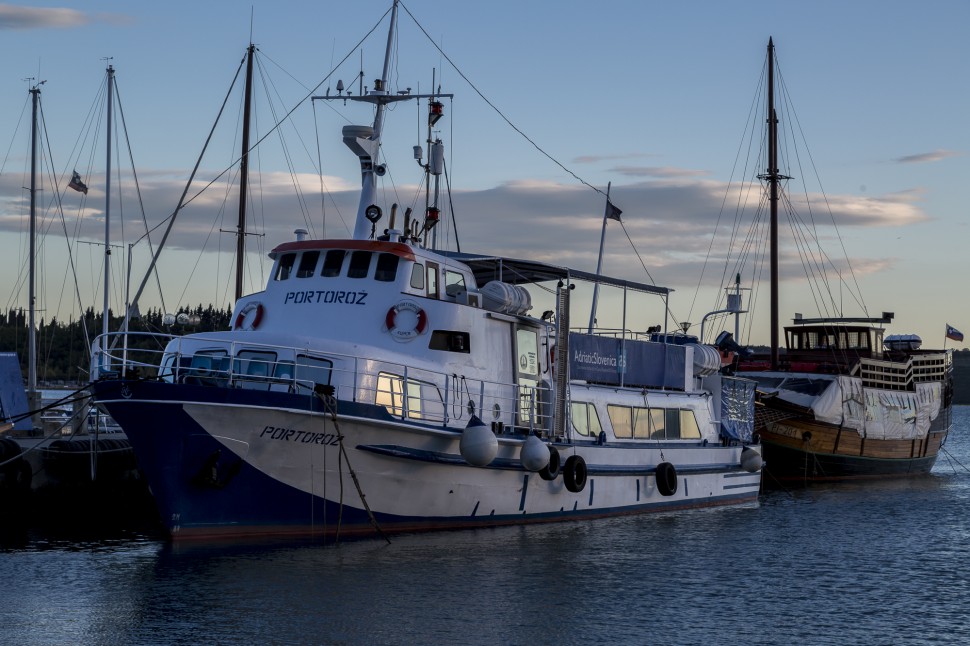
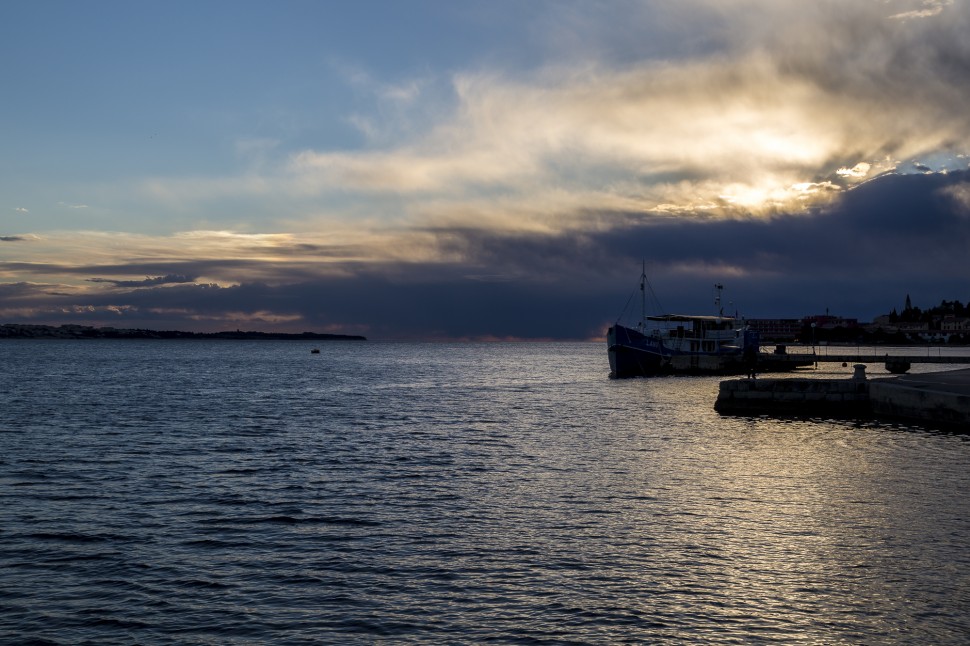
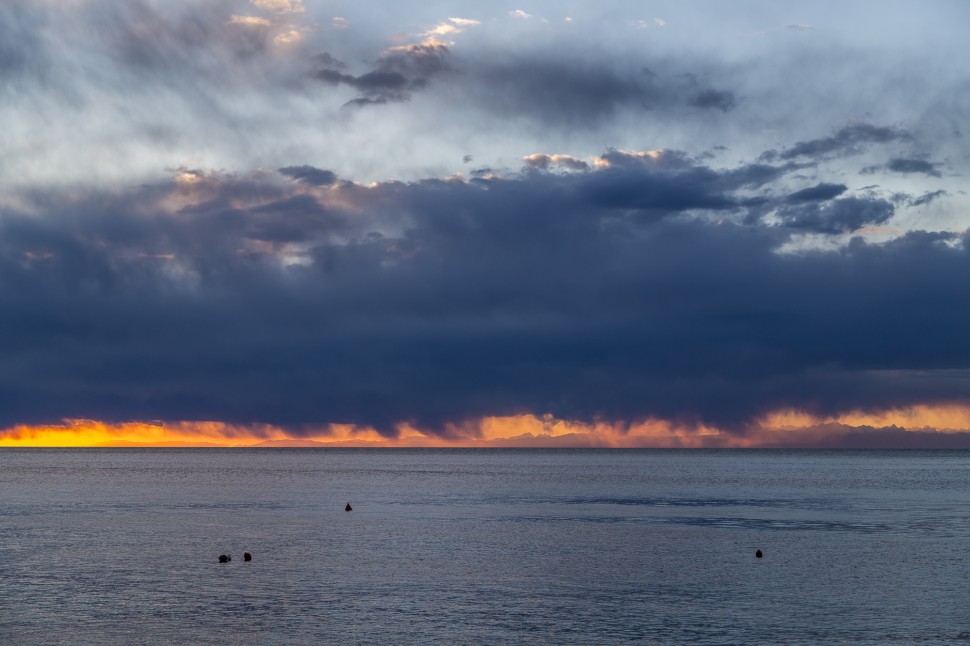
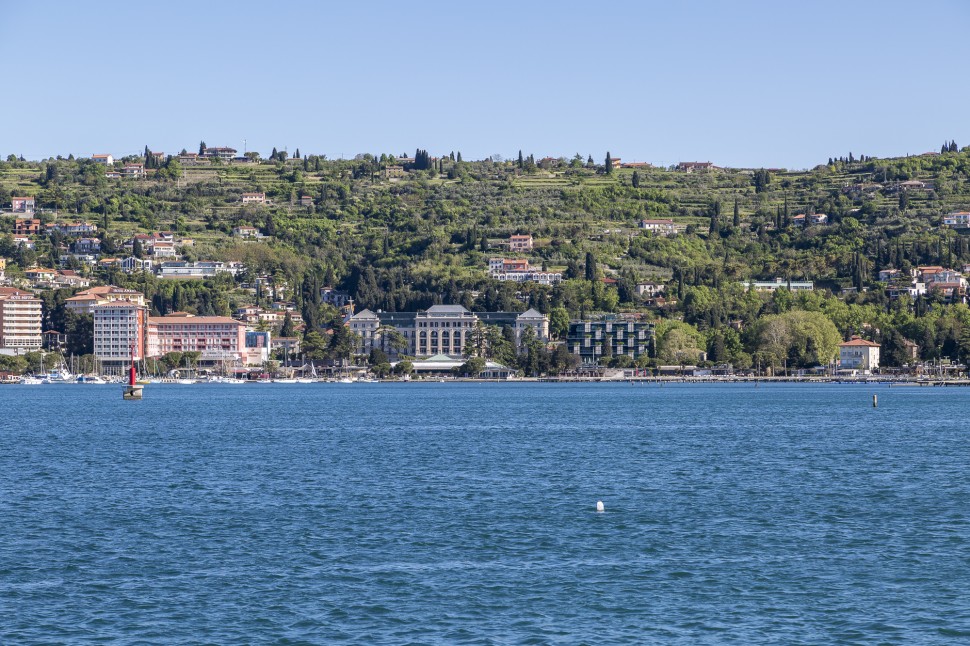
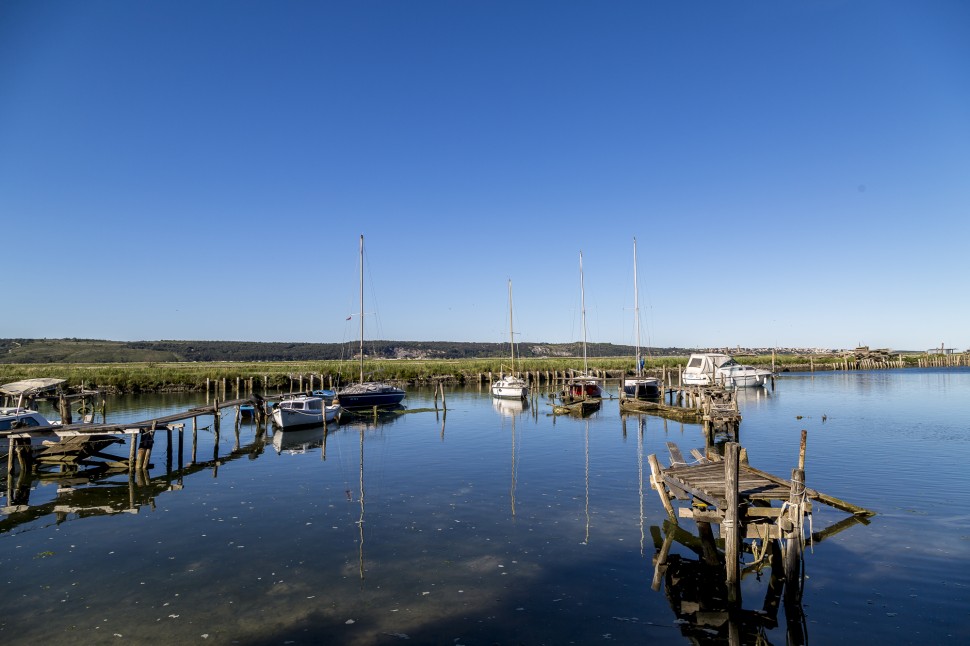
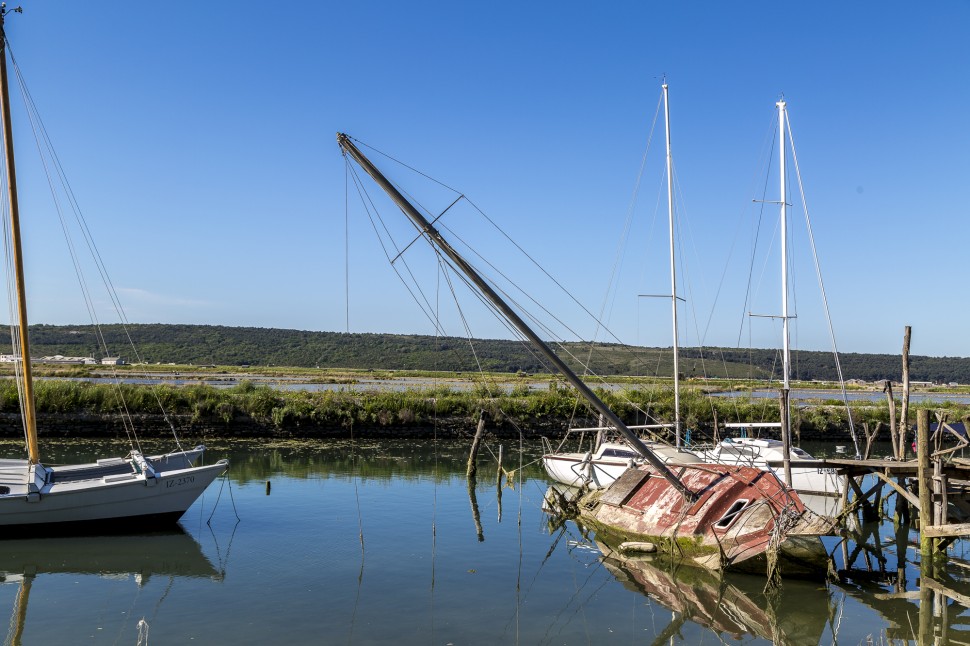
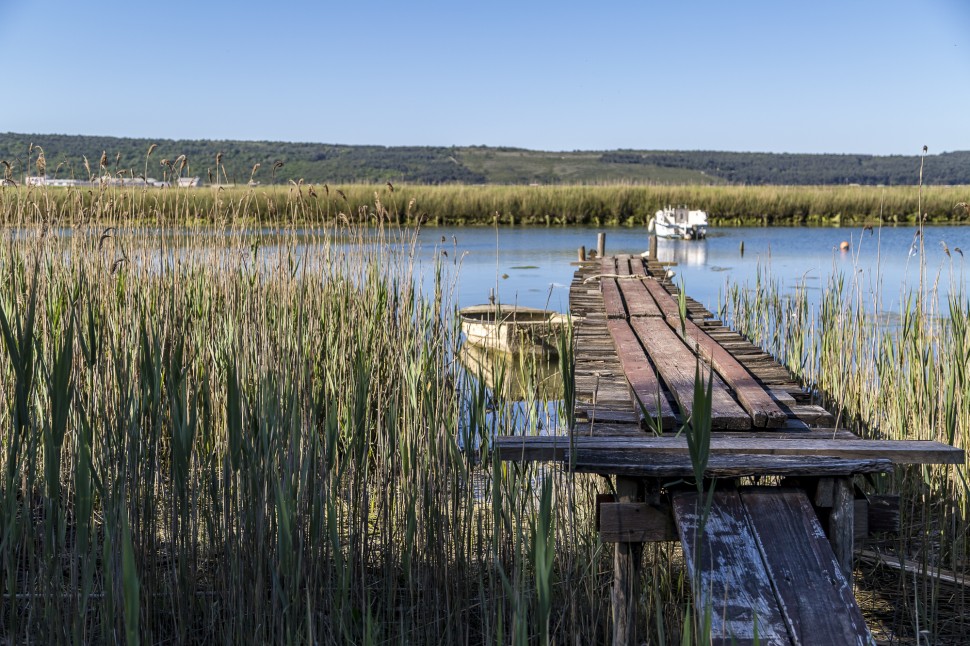
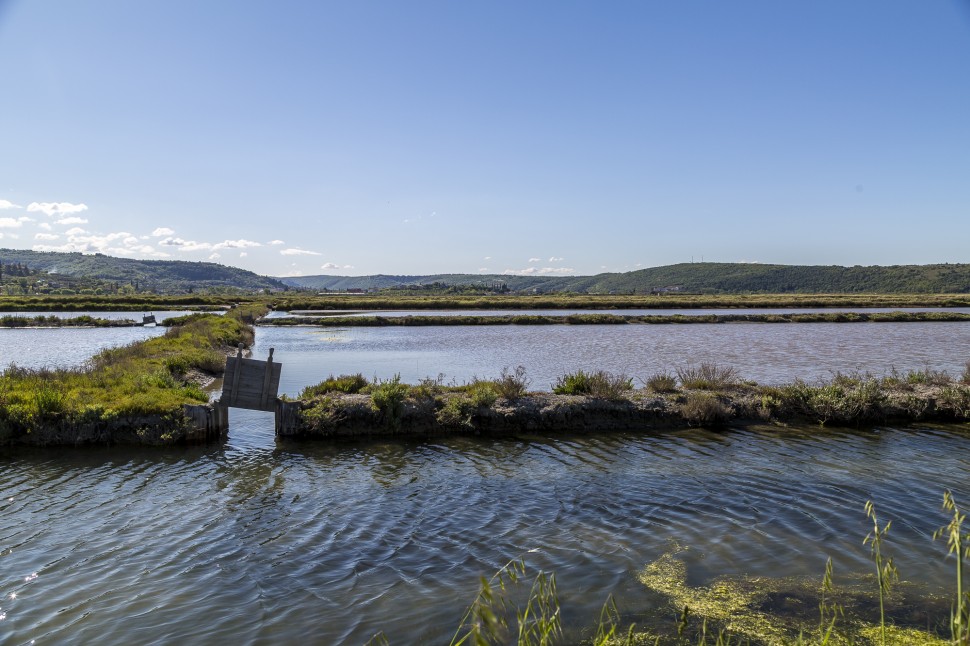
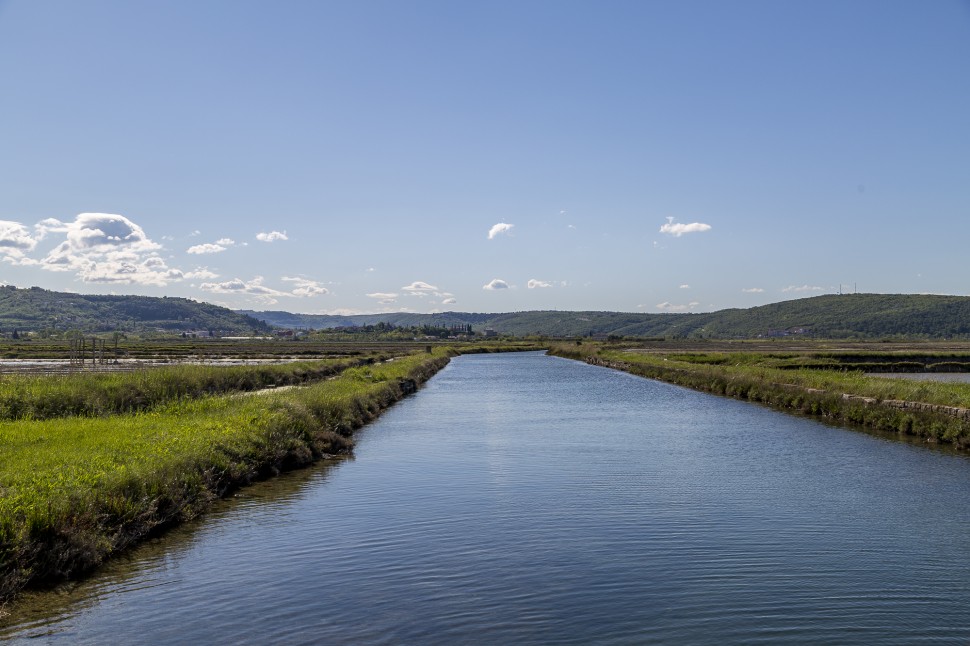
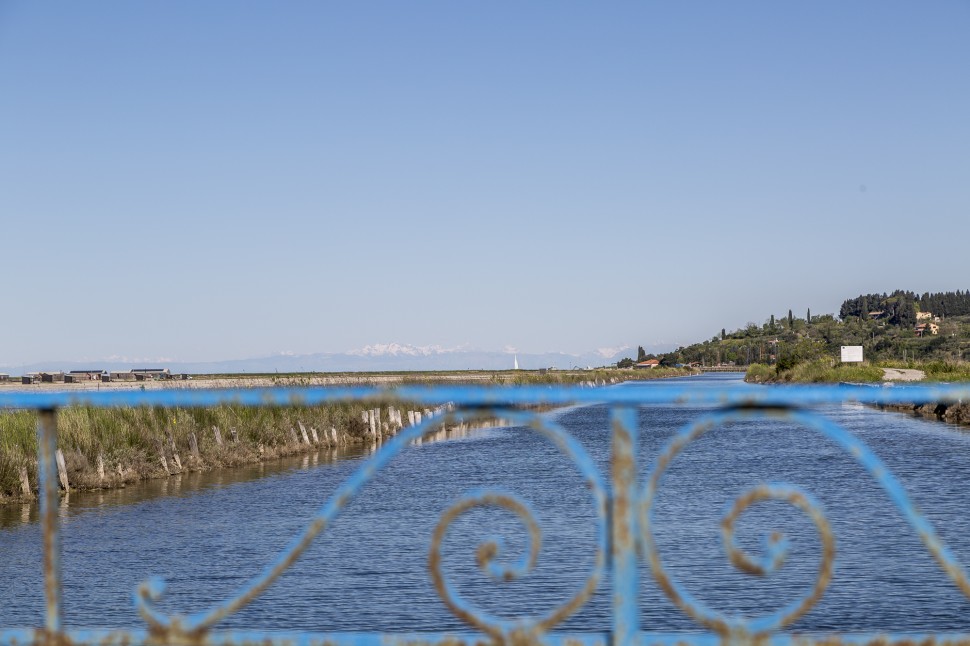
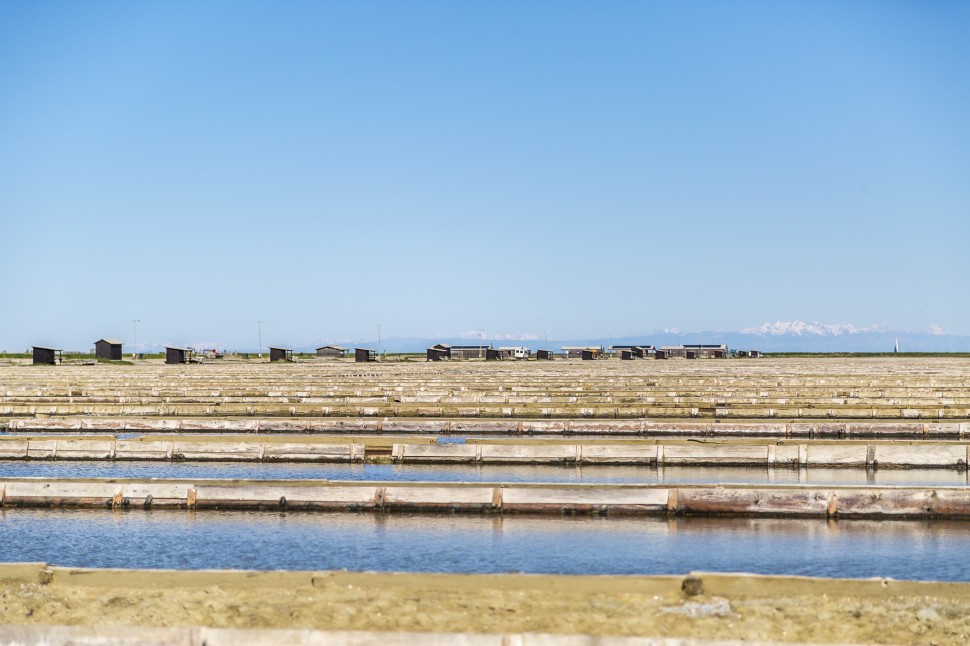
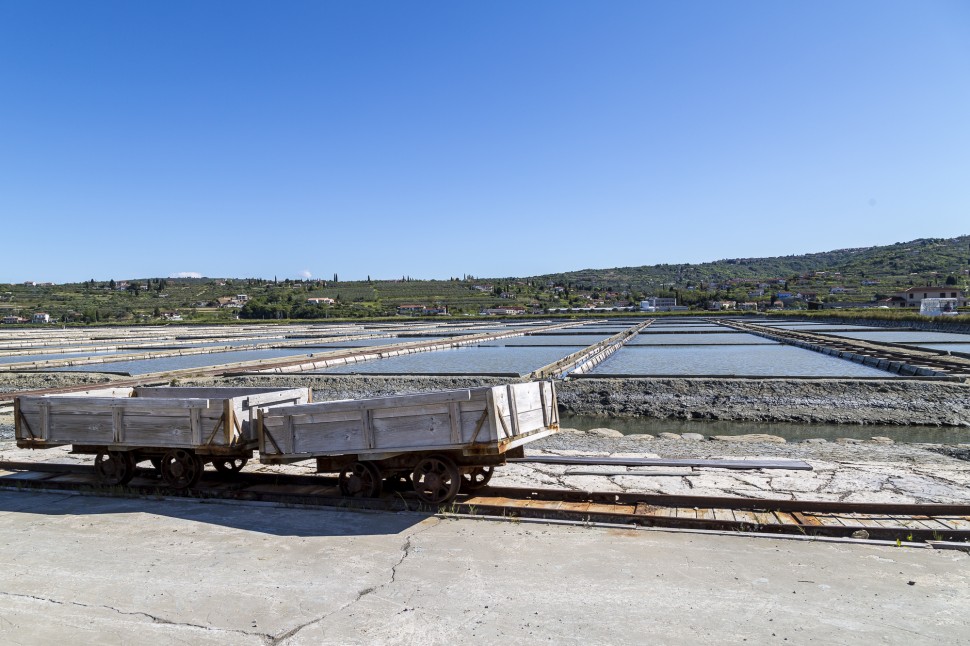
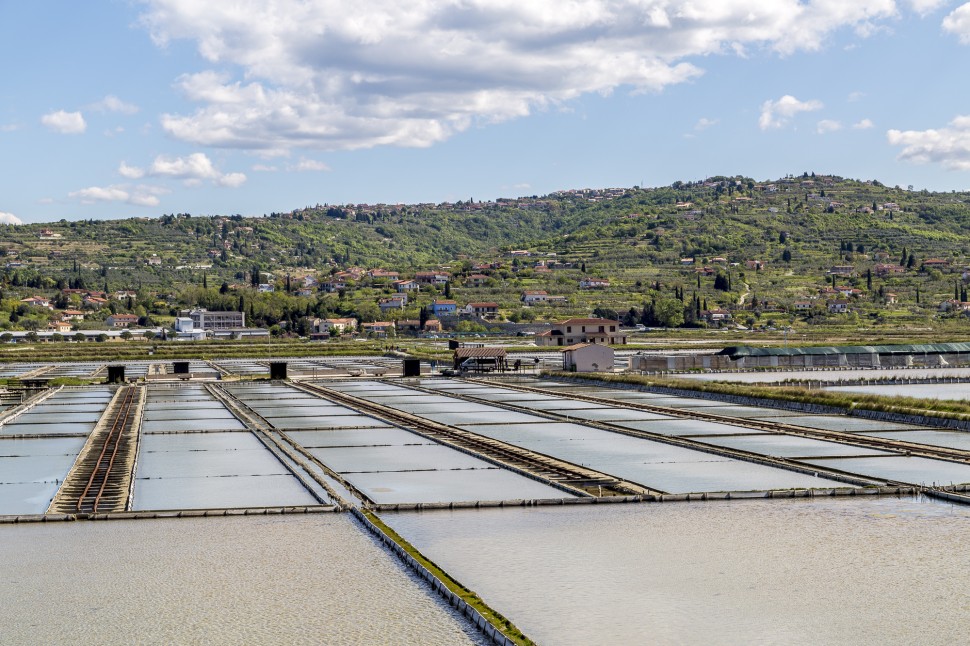
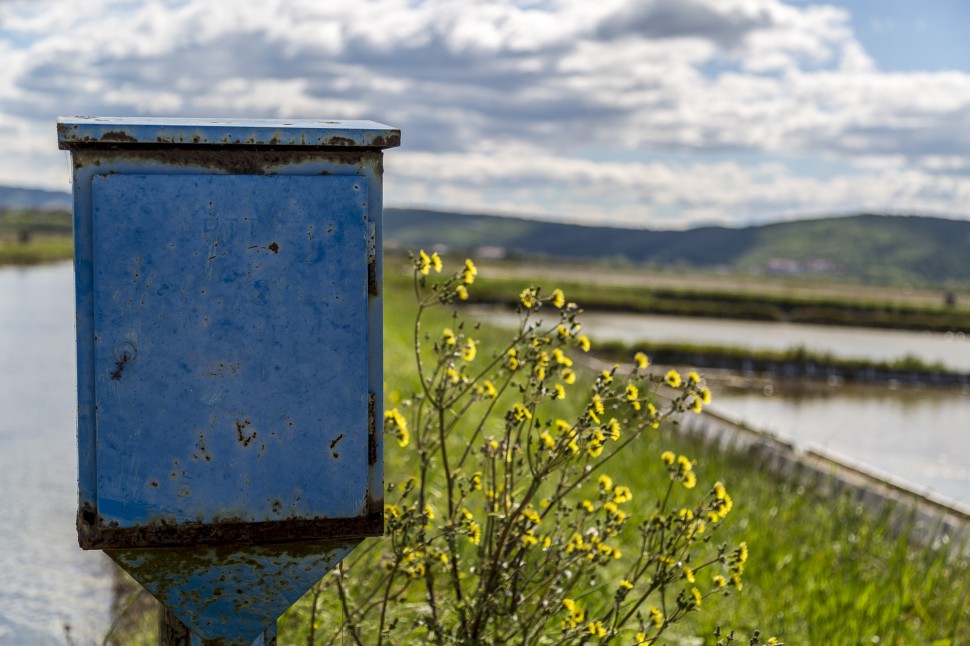
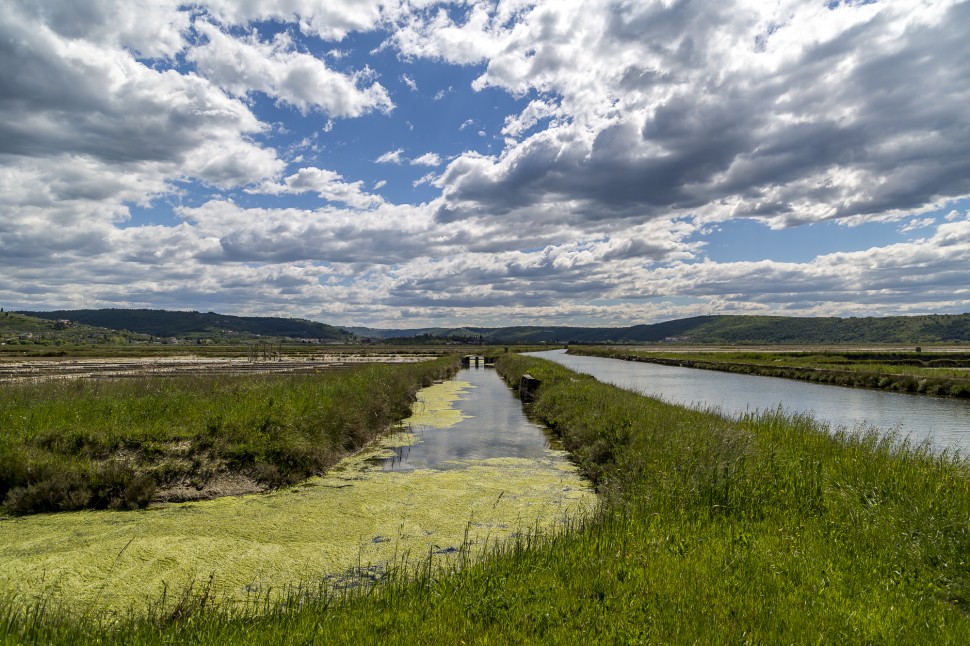
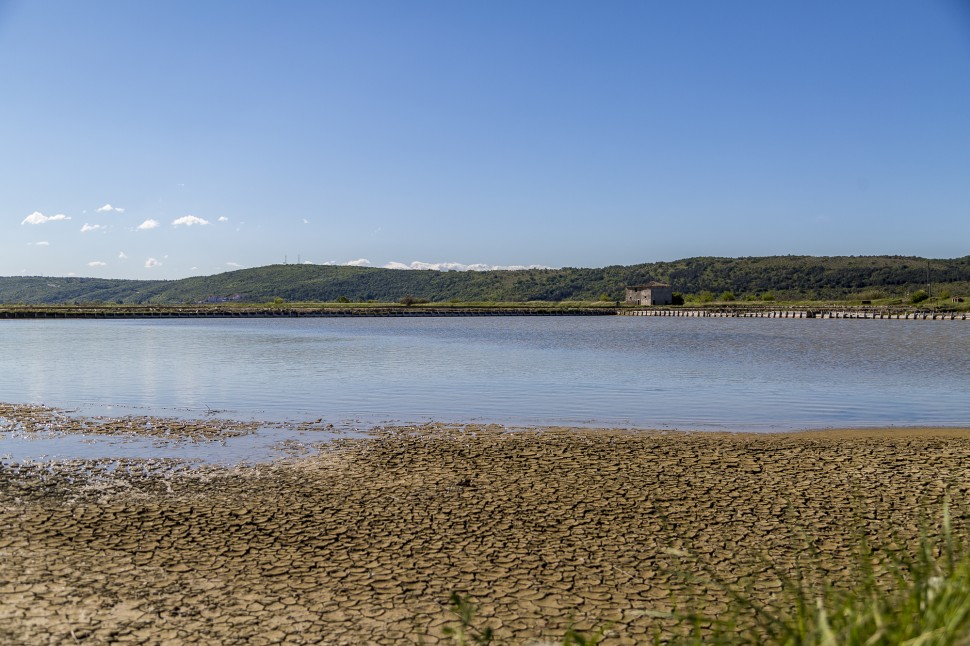
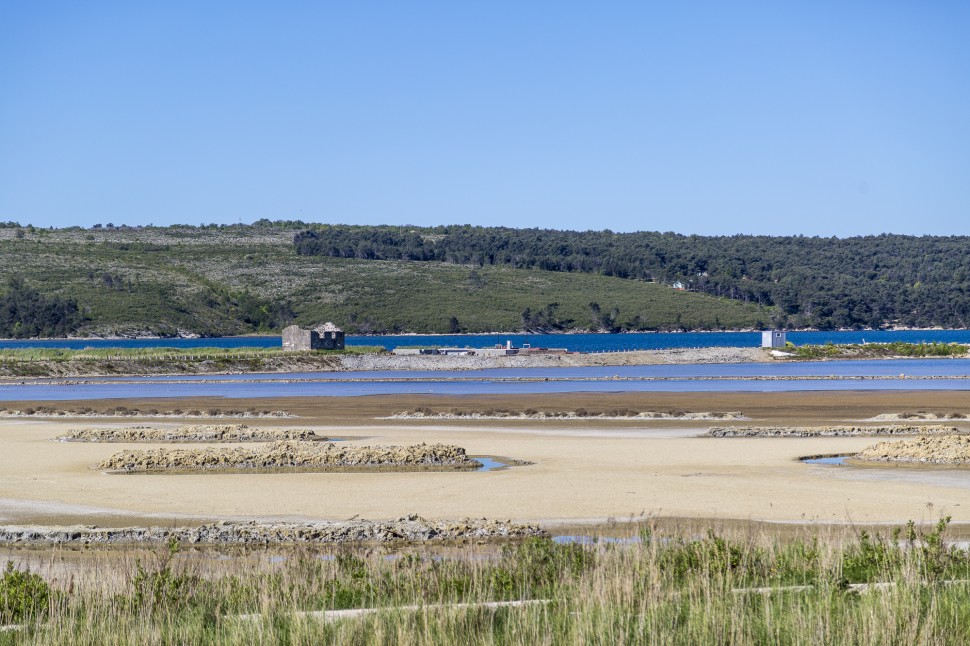
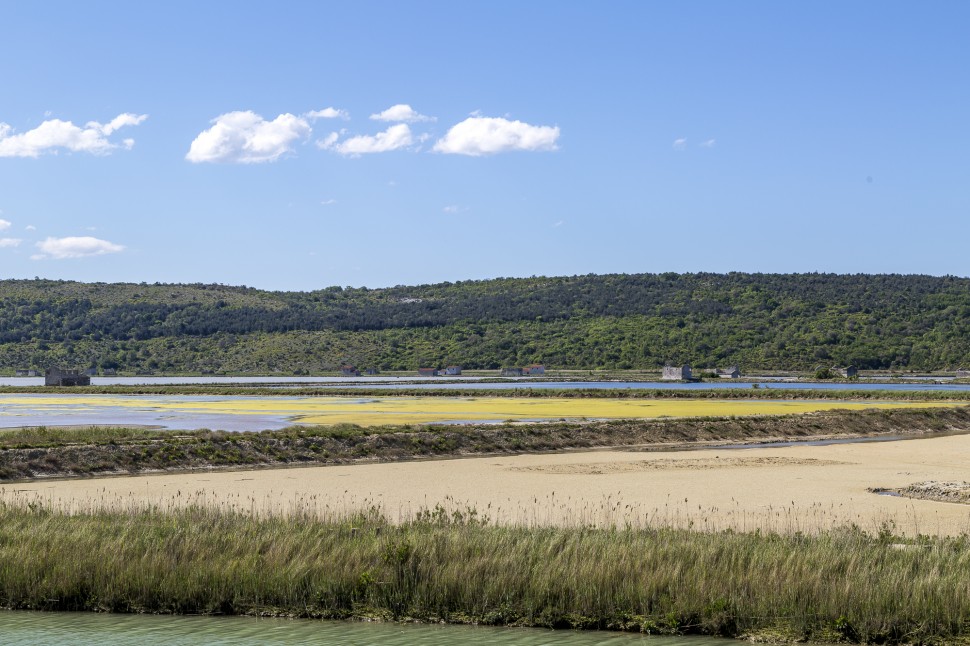
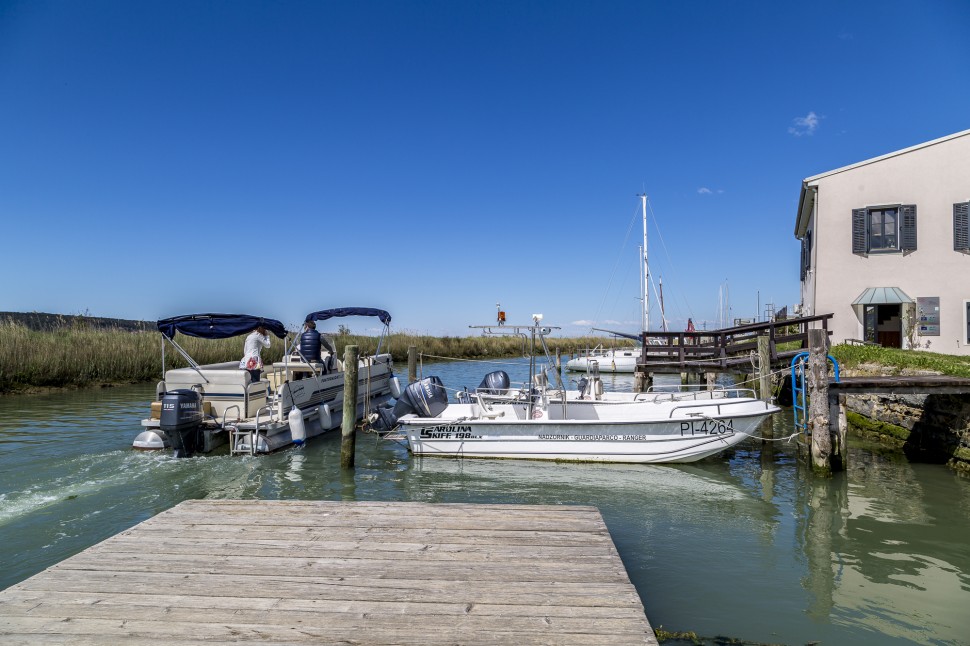
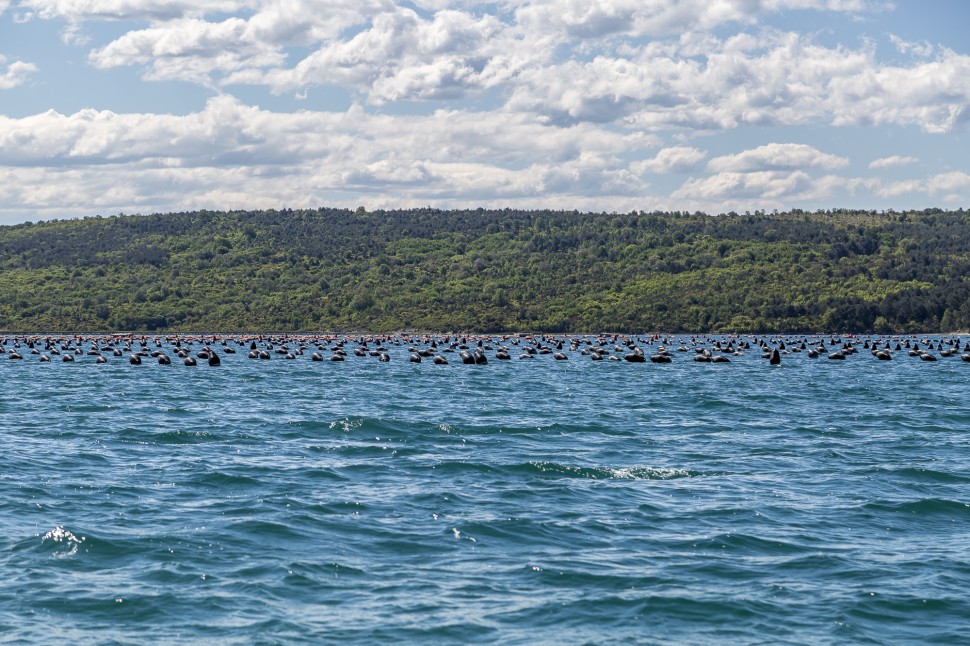
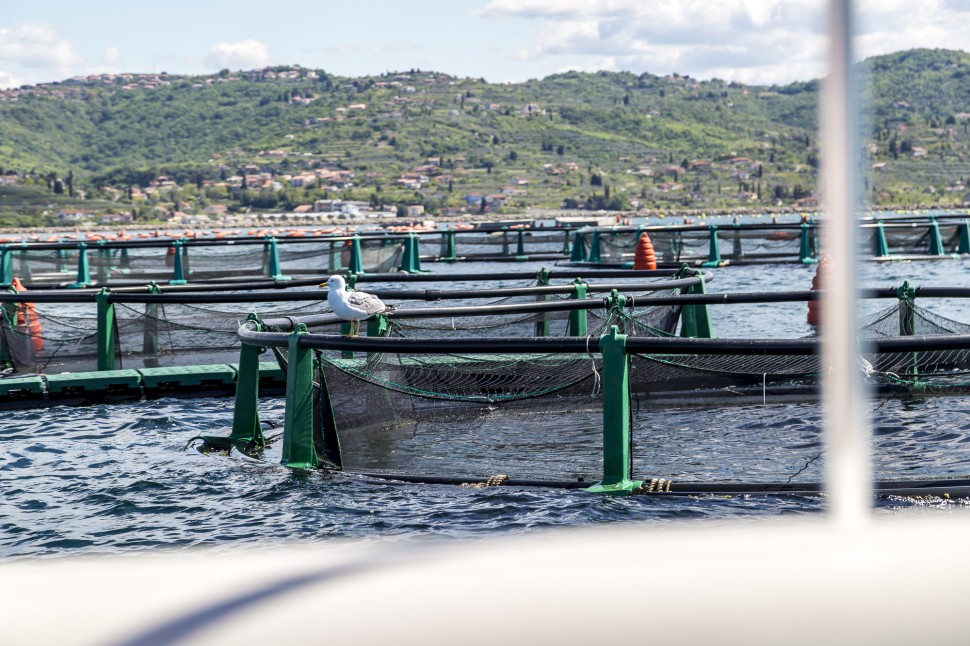
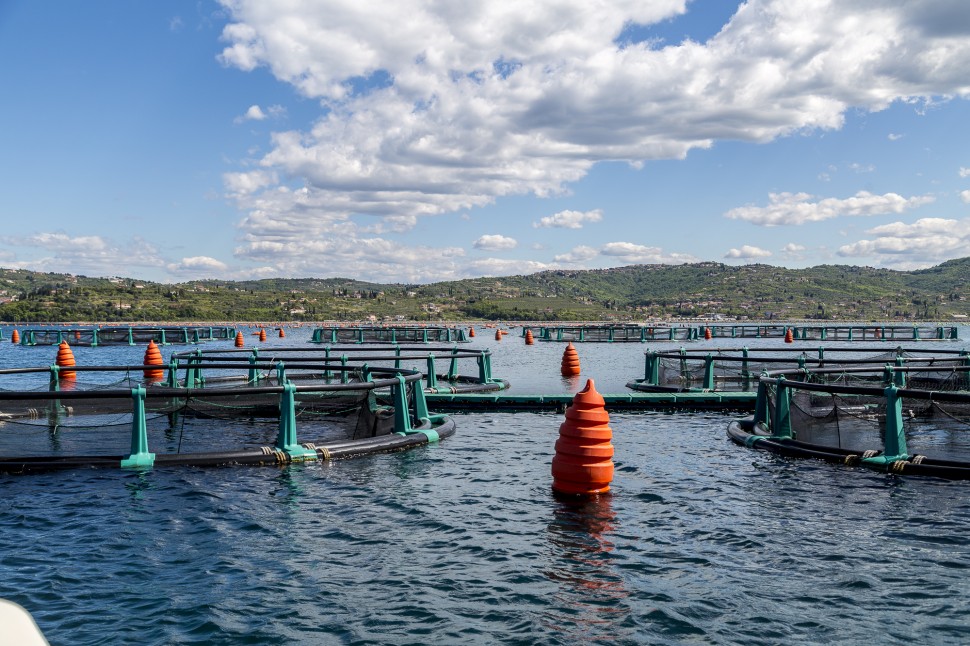
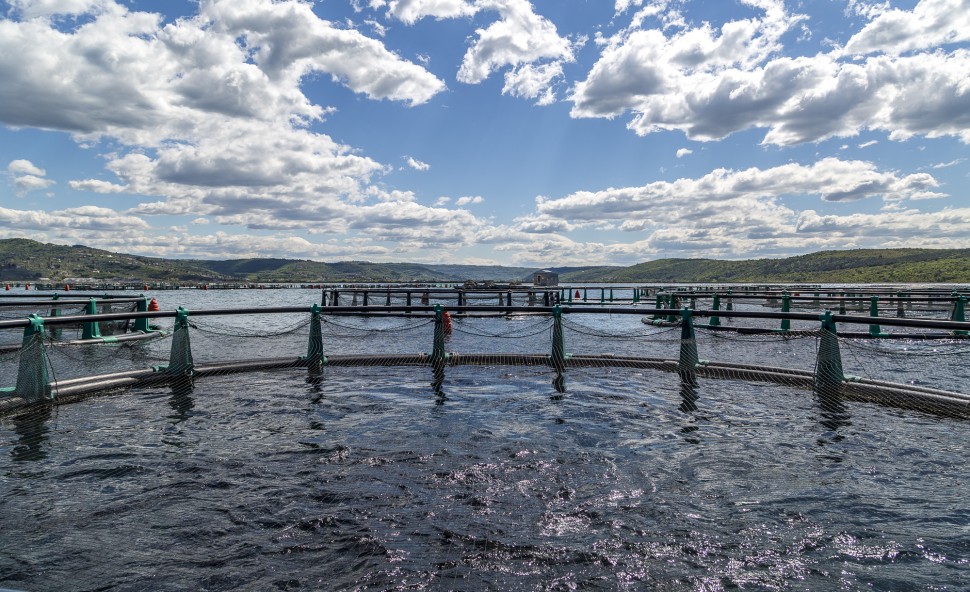
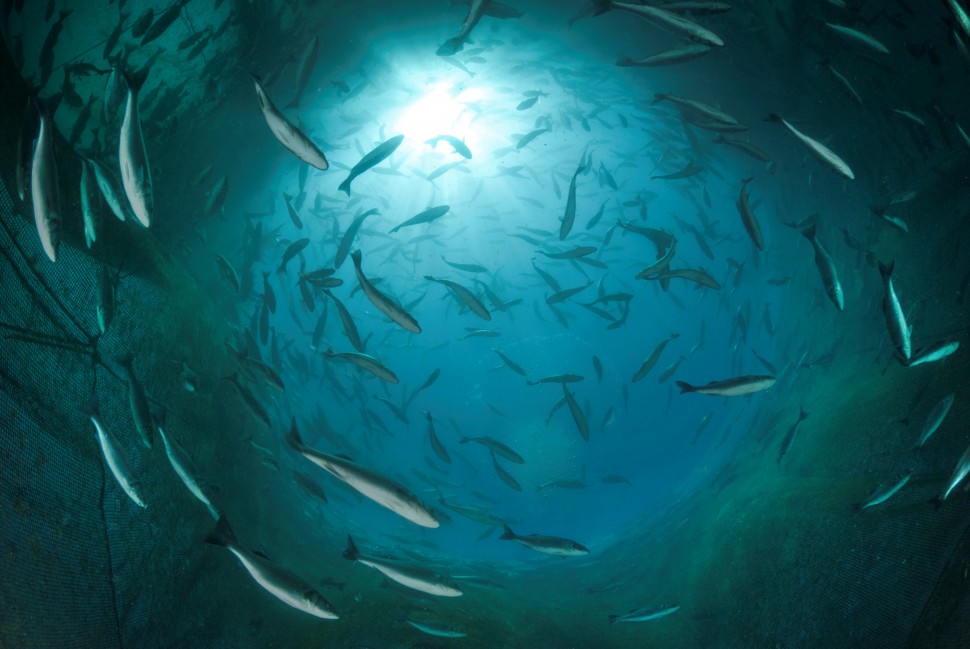
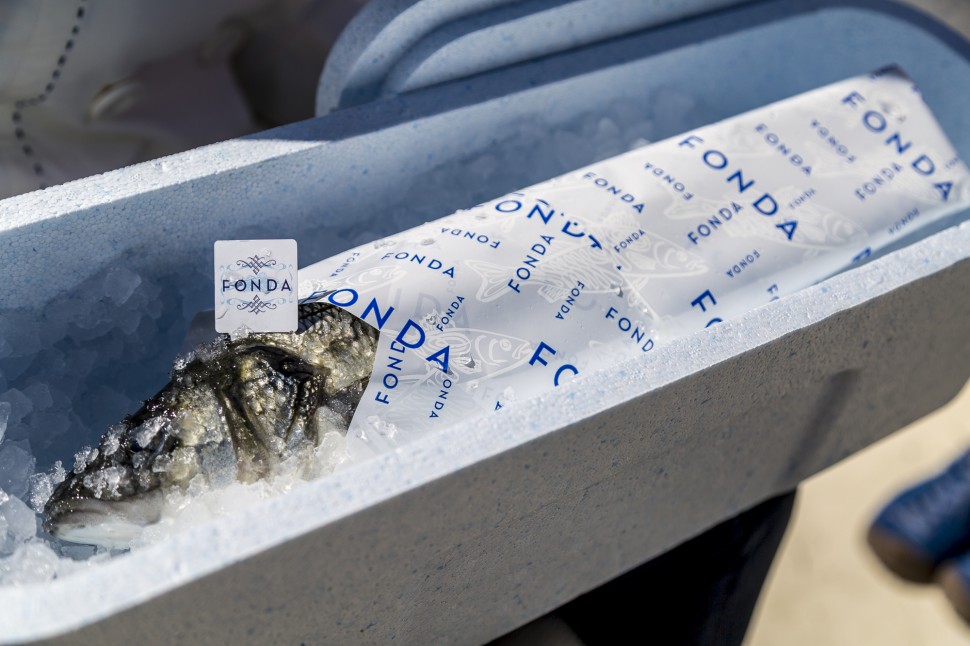
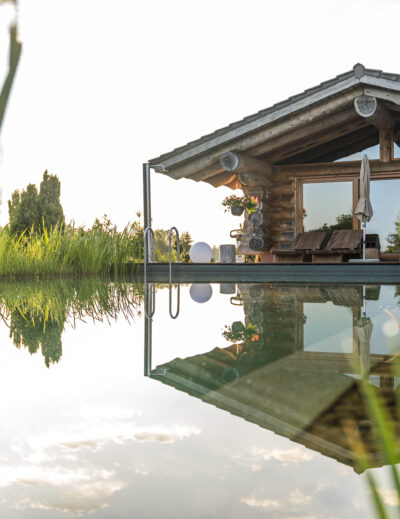
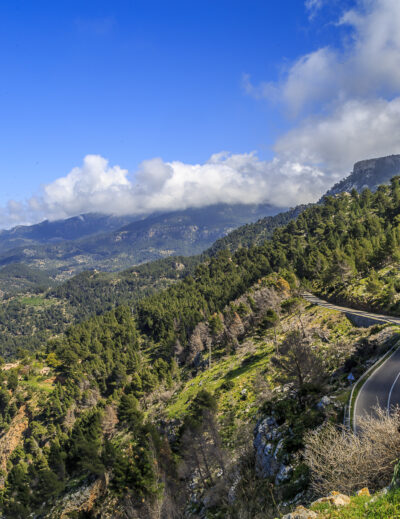
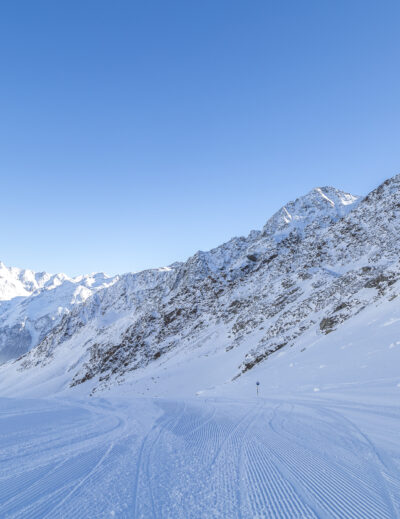
Leave a Reply